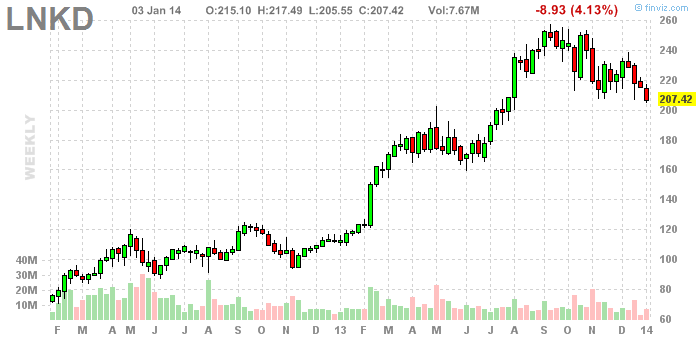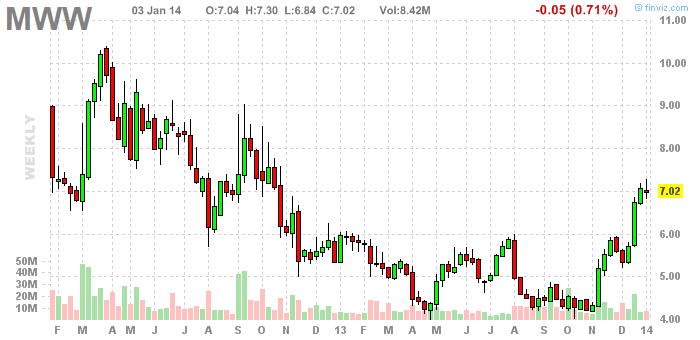I recently bumped into an obituary of long-term thinking by Morgan Housel at Fool.com:
Long-Term Thinking lived an illustrious life since the start of the Industrial Revolution, when for the first time, people could think about more than their next meal. But poor incentives and the rise of 24/7 media chipped away at his health. The final blow came Monday, when a trader on CNBC warned that a 10% market pullback — which has occurred on average every 11 months over the last century — could be “devastating” for investors. “That’s it,” Long-Term Thinking whispered from his hospital bed. “There’s no more room for me here.” He died soon after Bloomberg published its daily tally of how much the net worths of the world’s billionaires changed in the previous 24 hours.
But what is long-term-thinking/investing anyway? Should you just buy a bunch of stocks, toss them into the attic and forget about them? I think there is a fair amount of confusion between what “long-term investing” entails and “buy-and-hold-forever” type of investing and investors get into all sorts of trouble because of that.
The Indian Nifty index is fairly new, data goes back only till 1995. So I am going to try and draw parallels from the American experience. When Charles Dow first published his famous index back in May 1896, it had the following industrial stocks:
American Cotton Oil
Laclede Gas
American Tobacco
North American
Chicago Gas
Tennessee Coal & Iron
Distilling and Cattle Feeding
U.S. Leather
General Electric
U.S. Rubber
The only company that’s still around is General Electric.
Do you know what happened to the rest? The US economy shifted from being “commodities/agriculture heavy” to “services heavy.” So if you had stuck to your investments in any of the other large-caps from that time, you would have had zero to show for it today.
Long-term thinking means coming up with an investment strategy that takes a holistic view of innovation, industry/sector trends and economic maturity that has the same tenure as your investment horizon.
For example, if you want to hold corporate recruitment related stocks as part of your portfolio, then your process should have automatically picked up Linked-In and reduced holdings of Monster:
LinkedIn +84.46% in one year:

Monster World Wide +17.39% in one year:

LinkedIn disrupting Monster’s online recruitment business is not an isolated, random event. Monster similarly disrupted newspapers’ “help wanted” ads. Apple disrupted Nokia’s handset business, and so on. So going back to our example, your investment process not only should have automatically picked LinkedIn, but it should have also indicated how much of it you should own. Will your allocation be based on market-cap (LinkedIn: $23.63B, Monster: $739.87M)? Will they be equally weighted? Would it be based on balance-sheet strength? Quality-to-price?
Now extend this example to your entire portfolio. What sectors should you own? How much? What are the competitive dynamics within those sectors? These are some of the questions that a long-term investing strategy should address.
So how often should you churn?

If you think of your investment horizon as an arch, then your portfolio review “points” allow for piecewise linearity in your thought process.
Shortening the duration between the points allows you to be precise whereas lengthening them allows you to be accurate. How you make the trade-off between precision and accuracy will determine your portfolio re-balance frequency and hence your fees, depth of research, allocation strategy, etc.

I agree with Housel insofar as avoiding the second-by-second tracking that is in vogue. But investors should not equate long-term investing with “buy-and-hold-forever.” So, what is your plan?